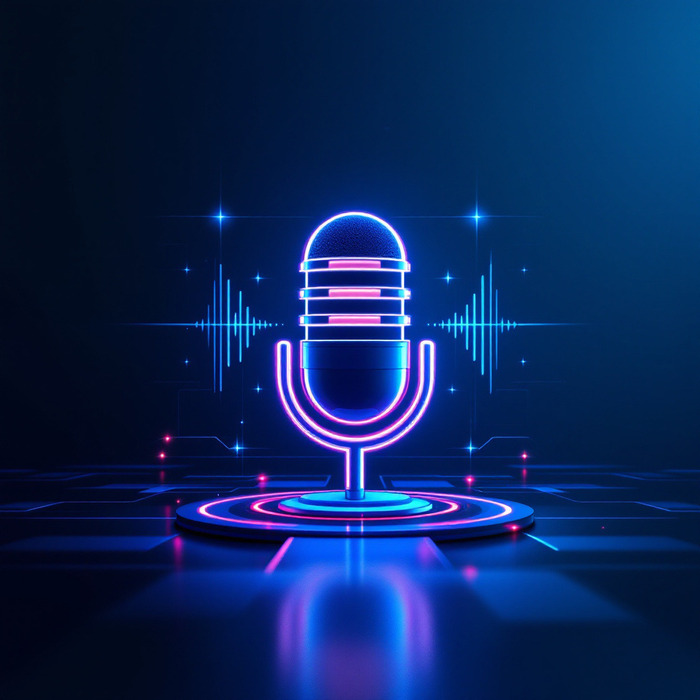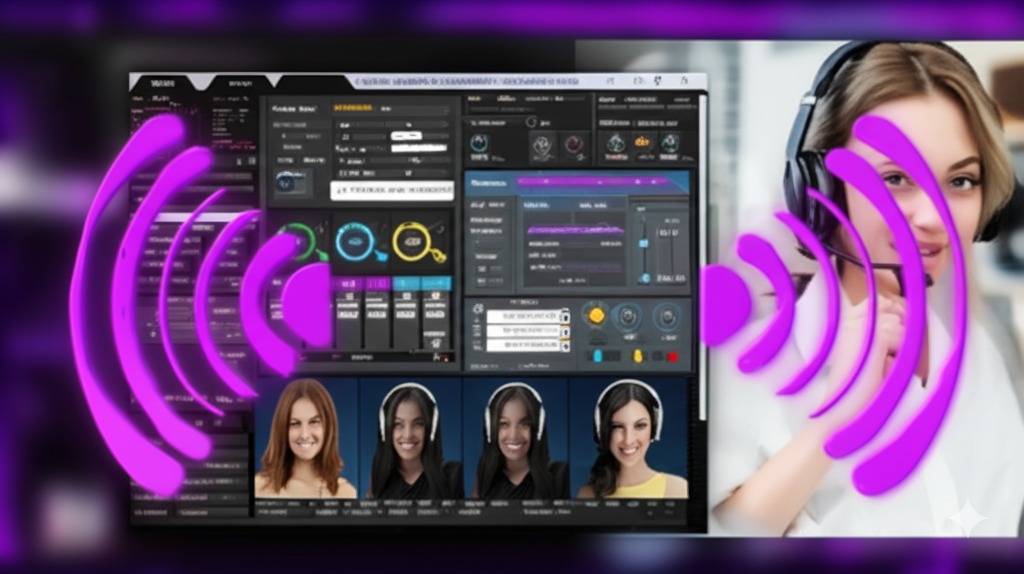
AI text to speech with regional accents helps computers talk with voices that sound like they’re from specific places around the world. This makes digital content feel more personal to listeners from different areas.
AI text to speech with regional accents changes written text into spoken words that sound like they come from certain places. Instead of the plain computer voice most systems use, these tools can talk like someone from India, Britain, Australia, or many other places. This matters because people connect better with voices that sound familiar to them.
These tools have improved a lot lately. The computer-like sound is mostly gone, replaced by natural voices that capture the way people from different places speak. This helps companies make content that feels made locally, even when it’s shared worldwide.
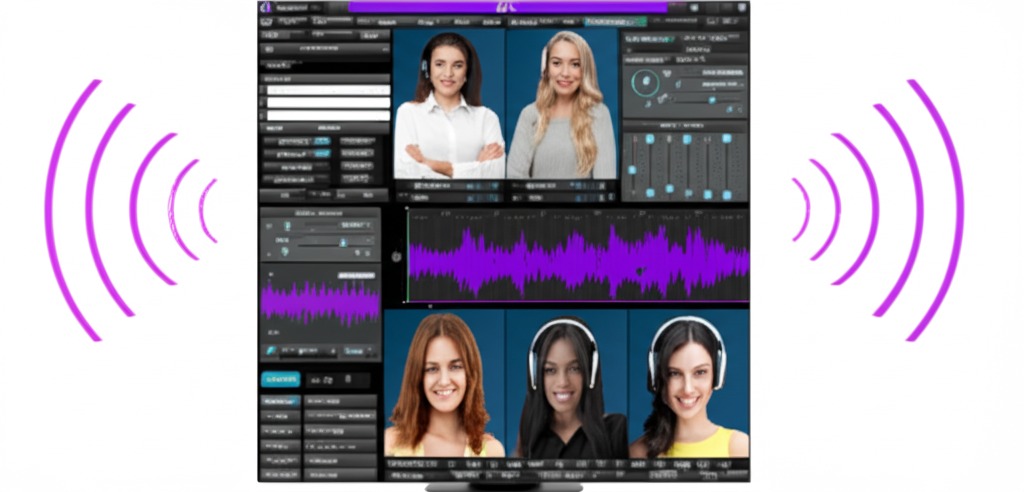
Why Regional Accents Matter in Text-to-Speech
AI text to speech with regional accents helps content connect better with listeners. When people hear speech that sounds familiar, they understand it more easily and trust it more.
Using regional dialects shows you respect different cultures. It tells listeners you care enough to speak to them in a way that feels natural. For businesses, this can be the difference between being seen as an outsider or as part of the local community.
Top Tools for AI Voice Generation with Accents
Several text-to-speech tools now offer great accent options. Here are some of the best:
Murf AI
Murf AI gives you lots of voice diversity options, including many regional accents. Their voices sound very natural, and you can adjust how they speak to match the local style.
Lovo AI
Lovo AI specializes in accent recognition and has one of the biggest collections of regional voices. They’re great for companies that need content in many different accents.
Play.ht
Play.ht offers high-quality language models with realistic regional speaking styles. Their technology makes even complex accents sound right.
VoiceOverMaker
VoiceOverMaker provides a user-friendly way to create regional accents in AI voices without technical know-how. They focus on making the process simple.
Popular Regional Accents Available in AI Voices
Modern speech technology offers many different accents. Here are some of the most used ones:
British Accents
British accents aren’t all the same. Good AI voice generators offer different types like RP (the “posh” accent), Cockney, and regional options from Scotland, Wales, and Northern Ireland.
Indian Accents
Indian English has its own rhythm and sound. AI text to speech with regional accents can now copy these patterns well, which is important for the huge Indian market.
Australian and New Zealand Accents
These unique accents have special vowel sounds that older AI couldn’t handle, but new voice synthesis tools do them very well.
American Regional Accents
From Southern drawls to New York and Midwestern accents, tools for regional accent speech synthesis can now produce many different American speaking styles.
How to Choose the Right Accent for Your Content
Choosing the right accent is important when using AI for global content with accents. It’s not just about location.
Think about who will hear your content and what will sound most natural to them. Sometimes a neutral accent works best for mixed groups, while a specific regional accent connects better with local listeners.
Picking the right accent matters when using AI for global content with accents. It’s not just about where people live.
Think about who’s listening and what sounds natural to them. Sometimes a neutral voice works best for mixed groups, while a local accent connects better with people from one area.
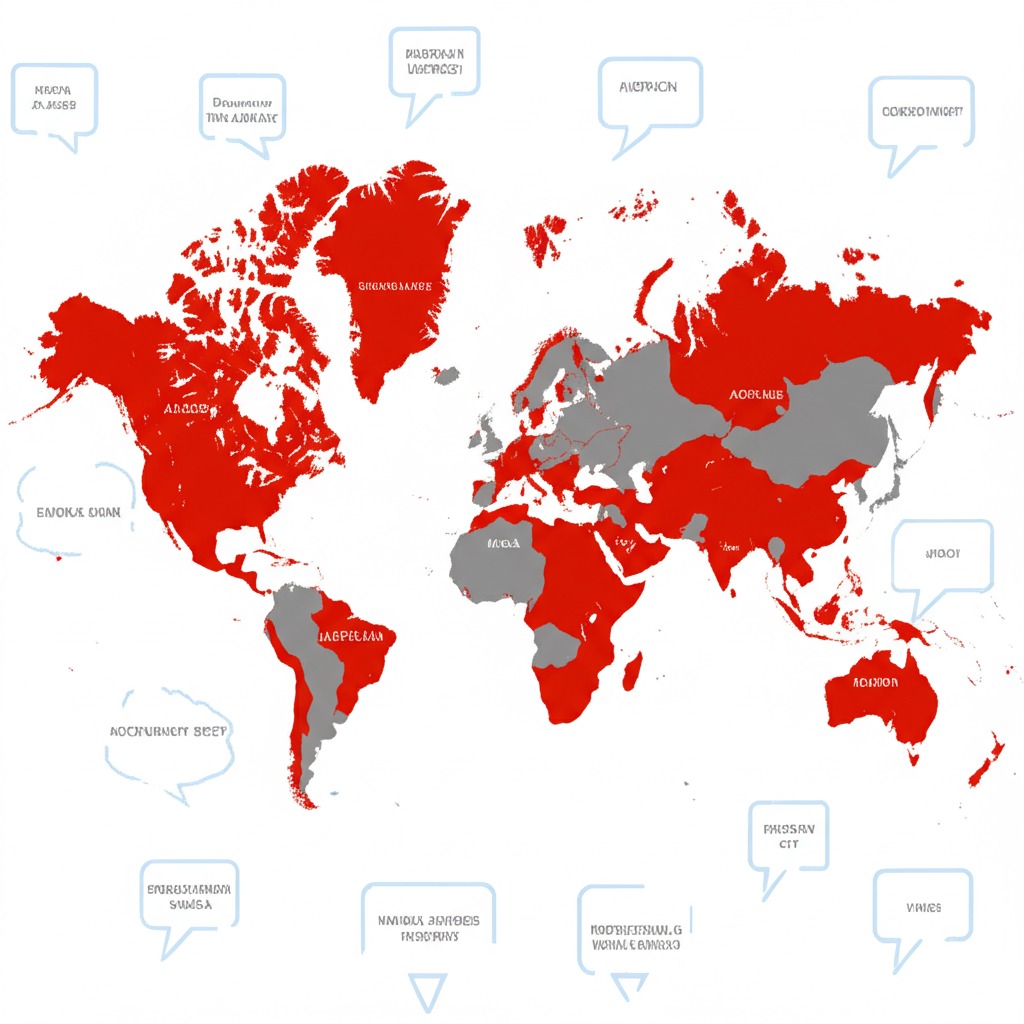
.
Best Practices for Using Regional Accents
When using AI text to speech with regional accents, follow these tips:
- Avoid stereotypes and exaggerated accents that might seem disrespectful
- Test your content with native speakers if possible
- Consider cultural context, not just geography
- Use text-to-speech for audiobooks with appropriate regional accents
- Adjust pacing and pauses to match how people really talk in that region
Industries Benefiting from Accented AI Voices
Various businesses are finding value in AI text-to-speech with accent options:
E-Learning and Education
Learning platforms use regional accents to teach language variations and help students understand different speaking styles.
Marketing and Advertising
Smart companies use regional dialects in ads to connect better with local markets and show cultural awareness.
Entertainment and Media
Movies, games, and podcasts use AI voice generation to create authentic-sounding characters from different regions.
Customer Service
Help centers and phone systems can now speak to customers in their regional accent, making the experience more friendly and natural.
Challenges in Creating Natural Regional Accents
Making AI text to speech with regional accents sound real isn’t easy. Developers face several issues:
Avoiding Stereotypes
The line between authentic and stereotypical can be thin. Good speech synthesis needs to sound natural without overacting.
Handling Slang and Regional Phrases
Each region has unique expressions. Language models need to recognize these and pronounce them correctly.
Keeping Up with Changing Accents
Accents change over time, especially in young people. Speech technology needs regular updates to stay current.
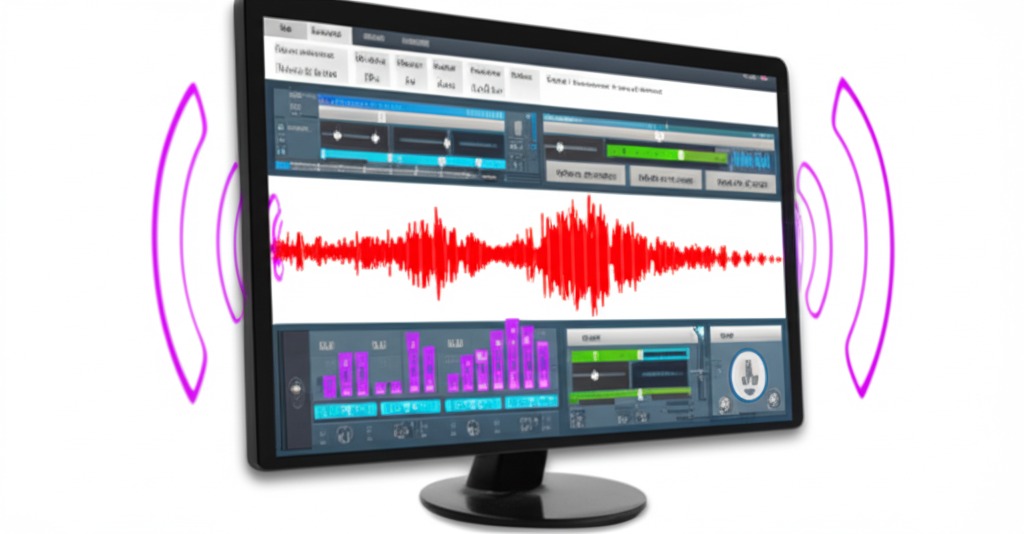
The Future of Regional Accents in AI
What’s next for AI text to speech with regional accents? The technology keeps getting better:
- More precise accent matching based on specific cities, not just countries
- Better handling of code-switching (mixing languages or accents)
- Personalized accent adaptation based on user preferences
- Improved understanding of cultural context, not just pronunciation
- More AI voices for children’s content with appropriate regional accents
FAQ About AI Text to Speech with Regional Accents
How accurate are regional accents in AI voices?
The best AI voice generators now sound very natural to native speakers, though some rare accents still need improvement.
Can I create my own custom regional accent?
Yes! Many text-to-speech tools let you adjust features to create unique regional sounds.
Do regional accents cost more in AI voice services?
Usually not. Most services include various accents in their standard pricing.
Will accent recognition continue to improve?
Yes, as more data becomes available and language models get better, accents will sound more natural.
How do I know which accent to use for my audience?
Research your target region, listen to real examples, and when possible, test with native speakers.
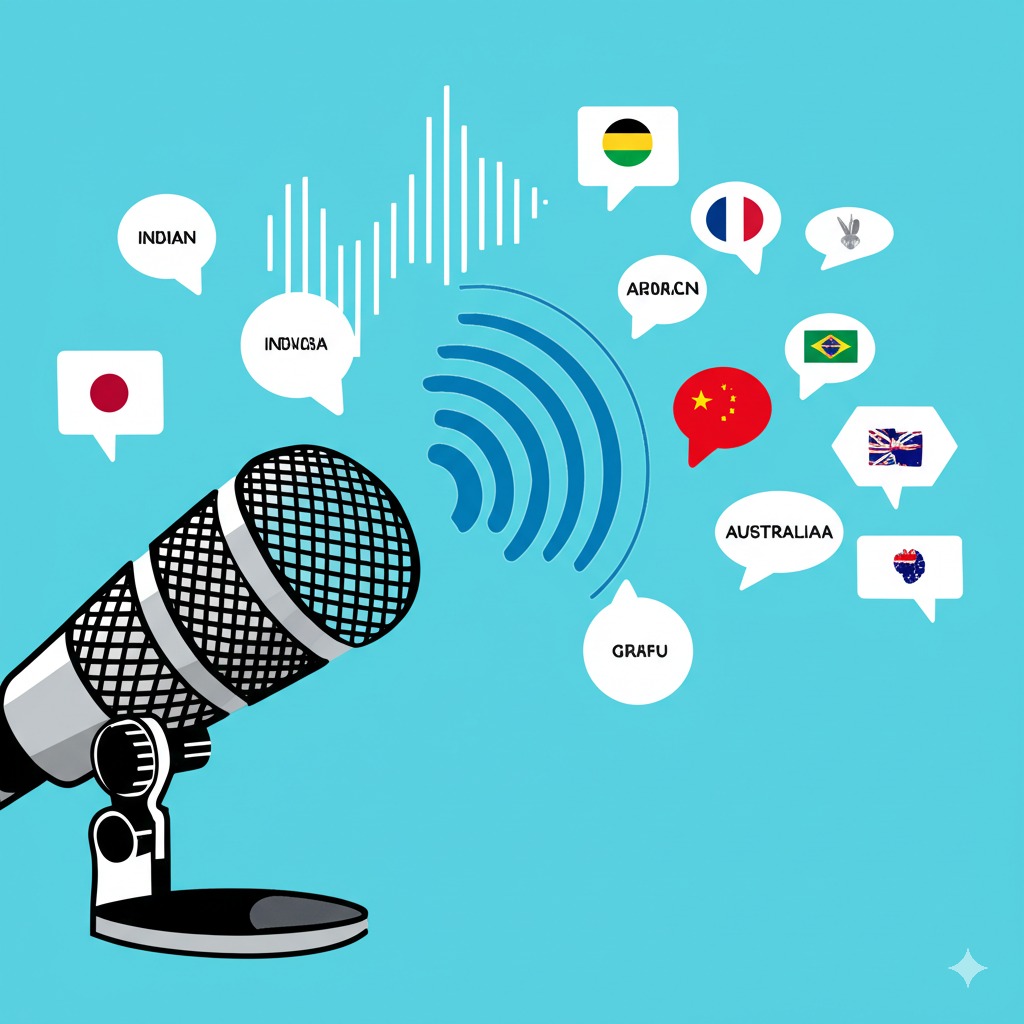
Conclusion
AI text to speech with regional accents has become an essential tool for global communication. This technology helps businesses speak to customers in familiar voices, educators teach language variations, and content creators reach wider audiences. As accent technology keeps improving, the gap between AI voices and human speakers continues to narrow. Companies using Murf AI, Lovo AI, Play.ht, and VoiceOverMaker can now create content that feels local and authentic anywhere in the world. The ability to create regional accents in AI voices is no longer just a technical achievement—it’s becoming a standard part of effective global communication.

